2013
Humans reaching space, 2000-2024
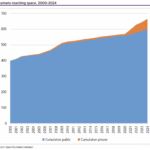
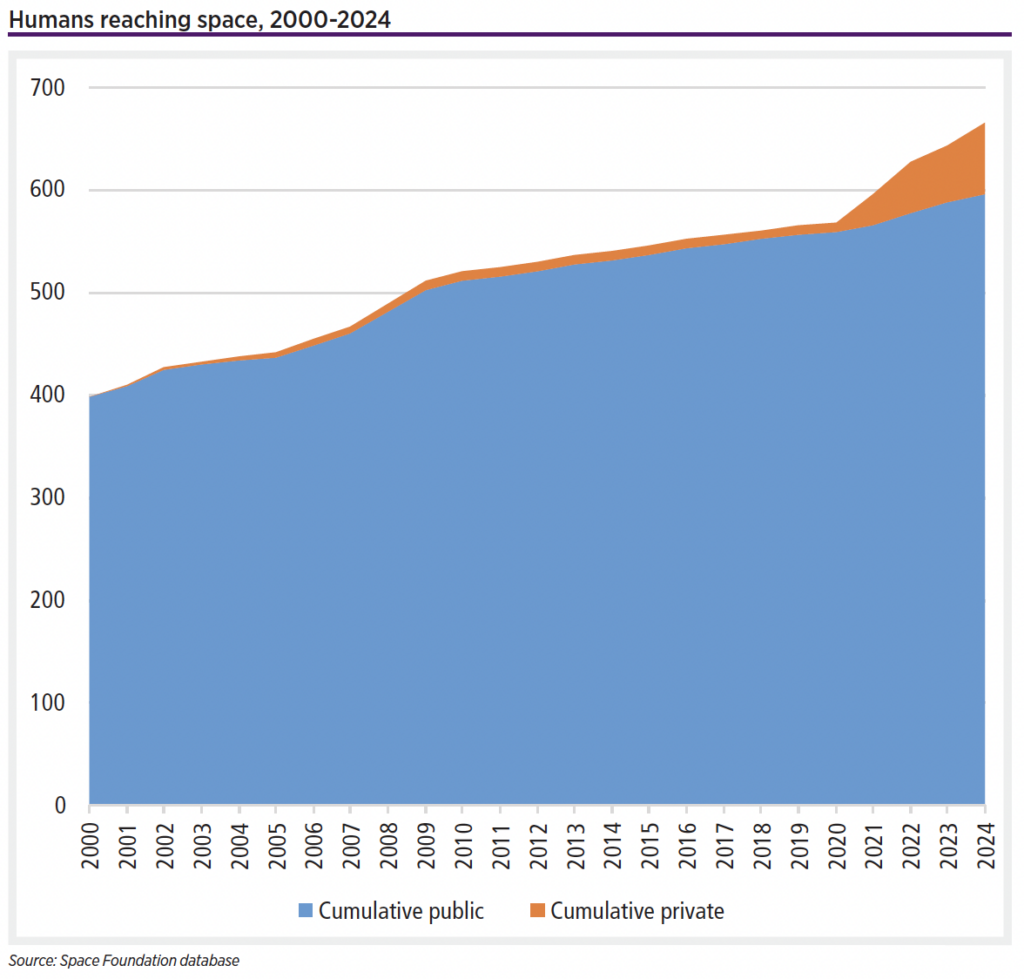
By Sept. 15, 70 people had flown their first mission to space aboard private sector flights, including 15 since January, according to Space Foundation records. Private-sector astronauts account for nearly 12 percent of all humans to fly to space.
Norway space workforce, 2009-2023
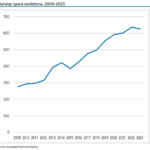
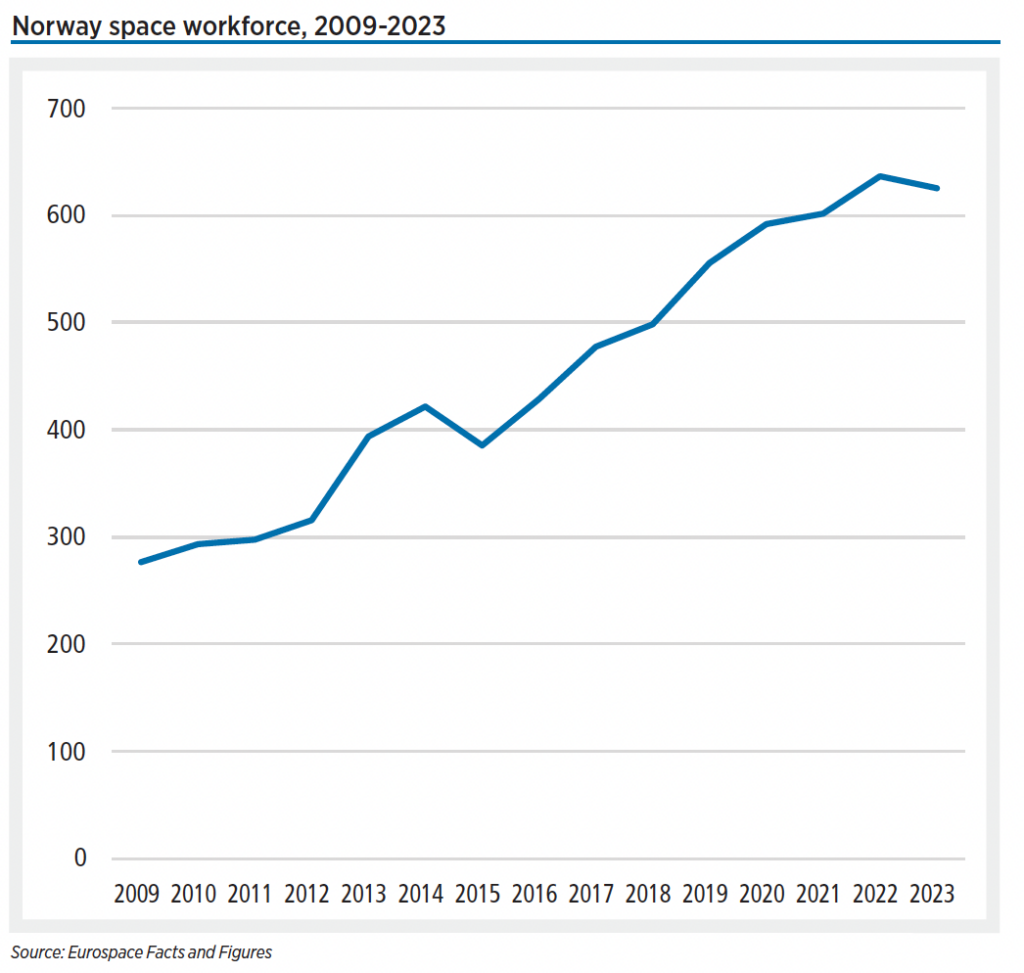
The Norwegian space industry is prioritizing initiatives to strengthen the domestic space workforce pipeline. Andøya Space’s subsidiary, Andøya Space Education, was established in 2000 to provide opportunities for students.
Active and decommissioned Norwegian satellites, 2008-2027

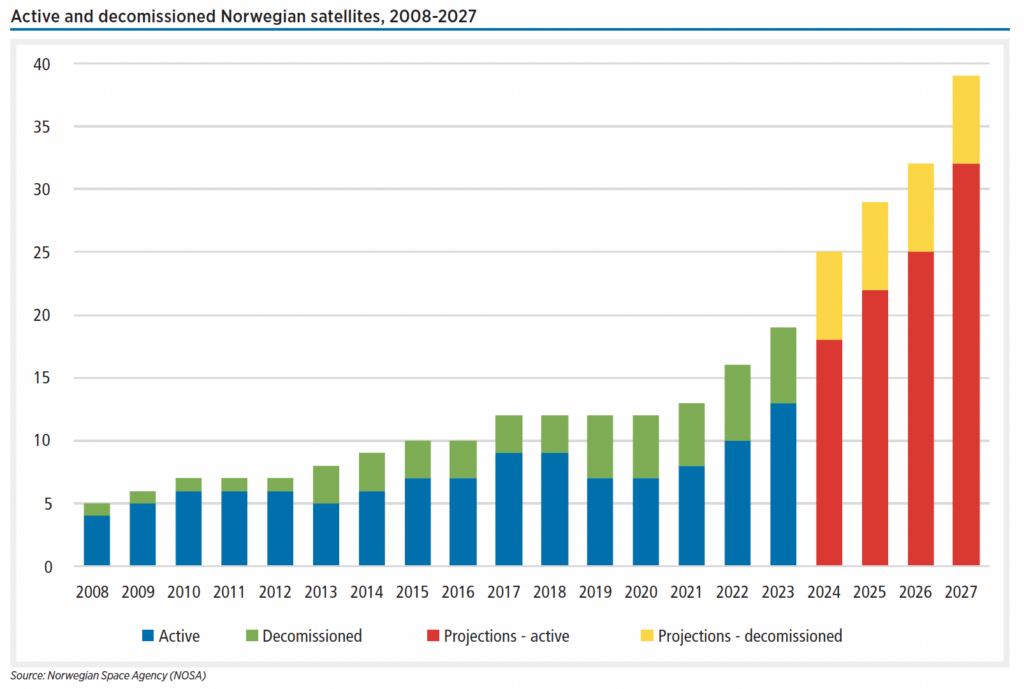
In its business strategy published in April, the agency emphasized the need to use space in sustainable ways to better society. Beyond government agency activities, many public universities in Norway are pursuing space research and developing their own satellites.
India Department of Space workforce, 2013-2023
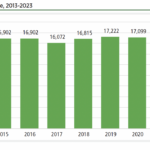
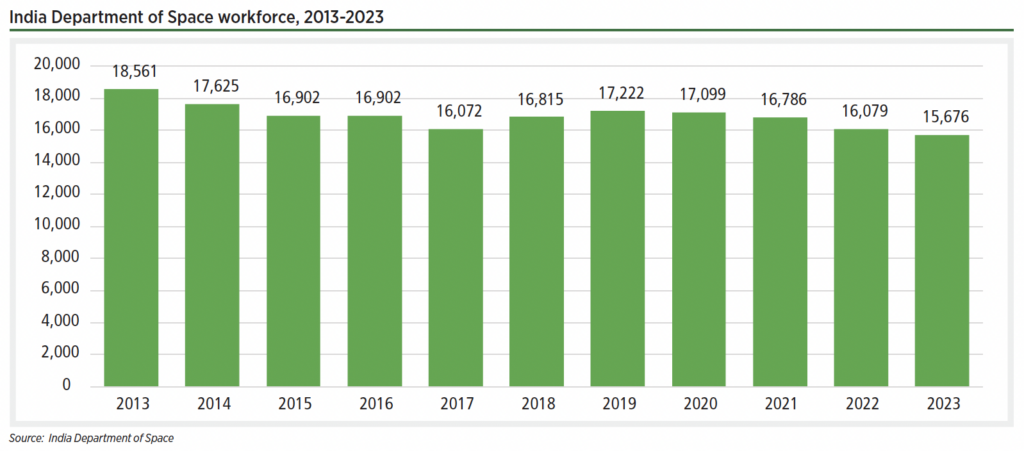
While ISRO remains an important player, a wave of new start-up companies has emerged. As of 2024, India was home to more than 400 private space companies.
Japanese space industry workforce, 2012-2022
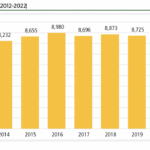
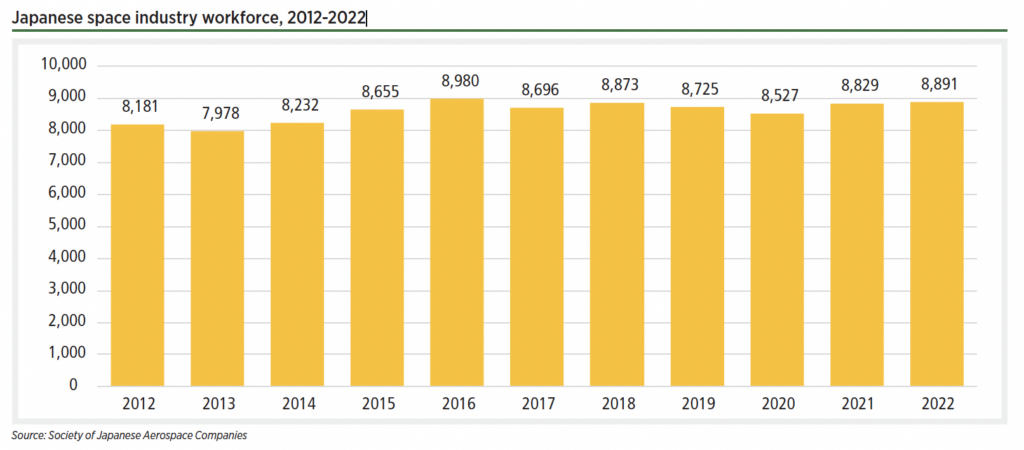
Annual statistics for the Japanese workforce are provided by the Society of Japanese Aerospace Companies. The Japanese space workforce has remained relatively stable over the past decade.
European space industry workforce, 2013-2023
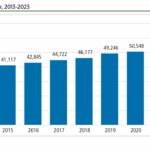
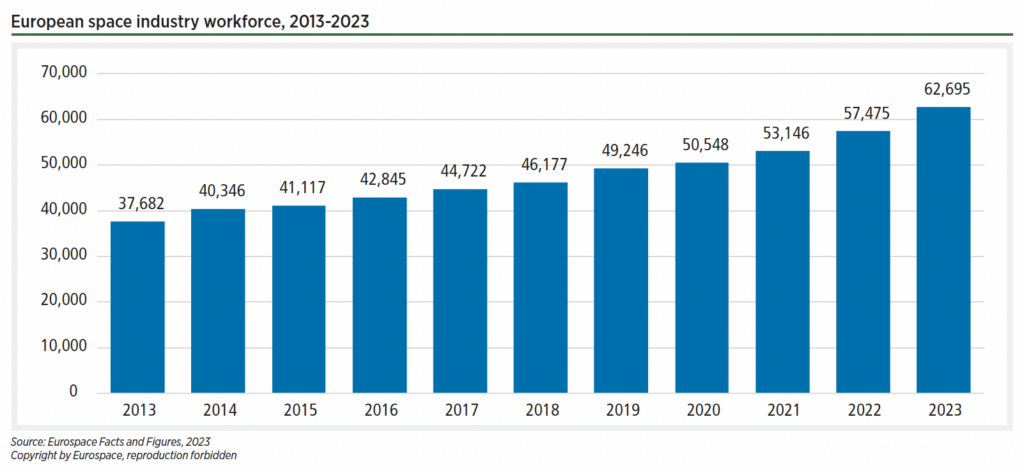
Eurospace collects workforce data through an annual survey of nearly 500 space organizations in Europe. The estimates include manufacturing of spacecraft, launchers, and ground segment components.
Space workforce trends in the United States, Europe, Japan, and India
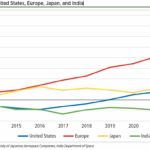
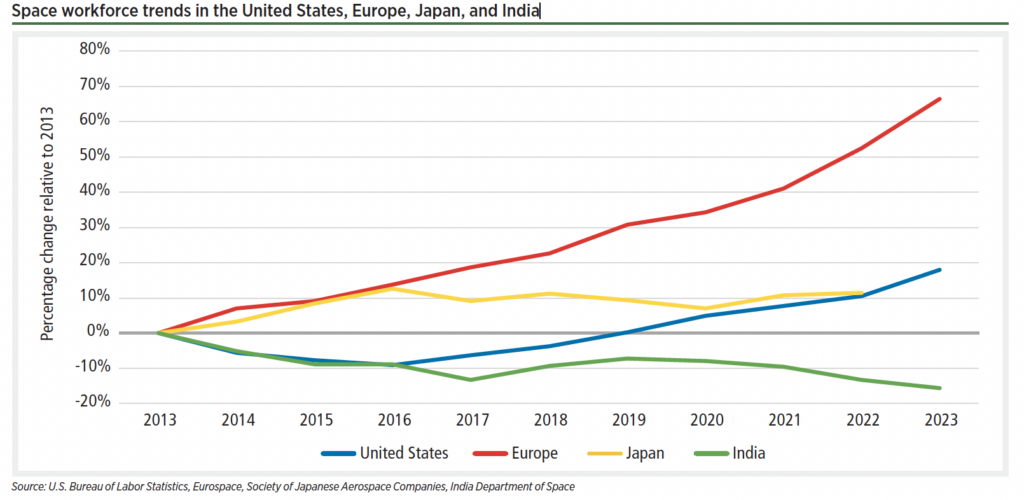
The United States and Europe saw significant growth in private sector space employment from 2022 to 2023, with increases of 6.7% and 9.1%, respectively.
Estimated spending for NASA and U.S. defense, 2005-2025
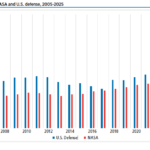
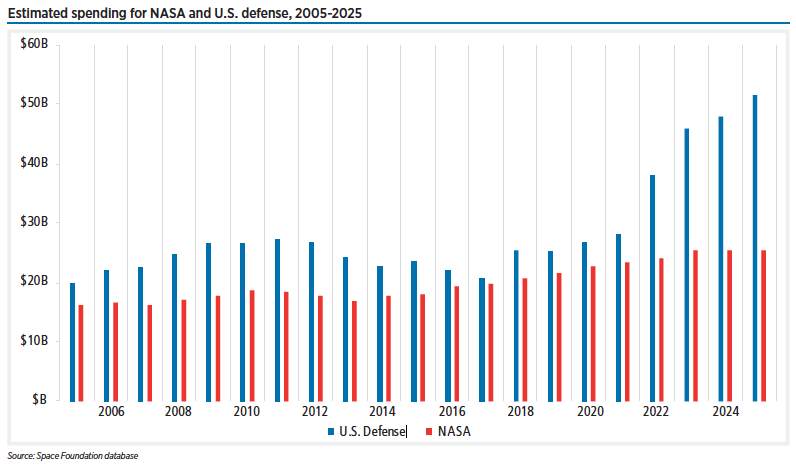
The Pentagon made up more than a third of global defense spending, with $851 billion in 2024, including a record $30 billion for the Space Force.
Global space activity by category, 2005-2023
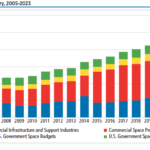
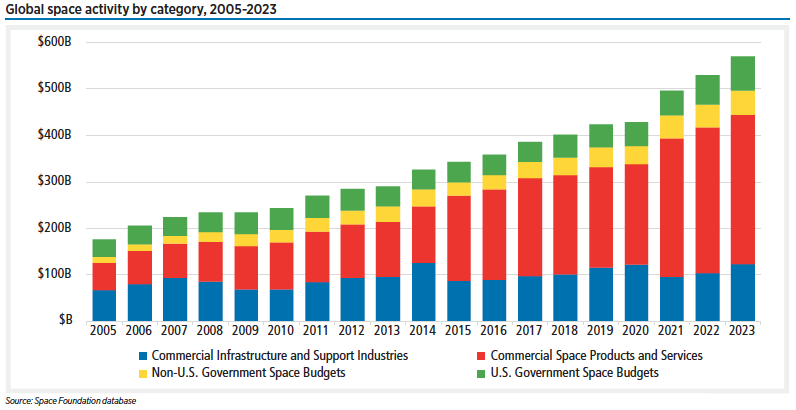
Commercial space revenues, which make up the majority of the space economy, grew 6.5% in 2023 to reach $445 billion. Government space spending increased by double digits for the third year in a row and reached a peak in the proportion of nations increasing their space budgets.
Global space economy steadily grows to $570 billion
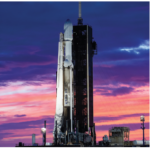
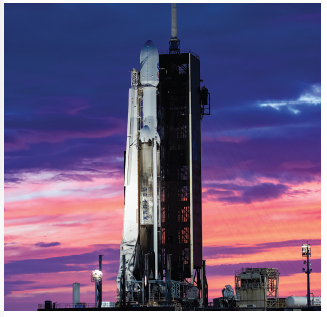
The global space economy grew 7.4% to $570 billion in 2023, the second year of consistent growth based on revised 2021 and 2022 totals.